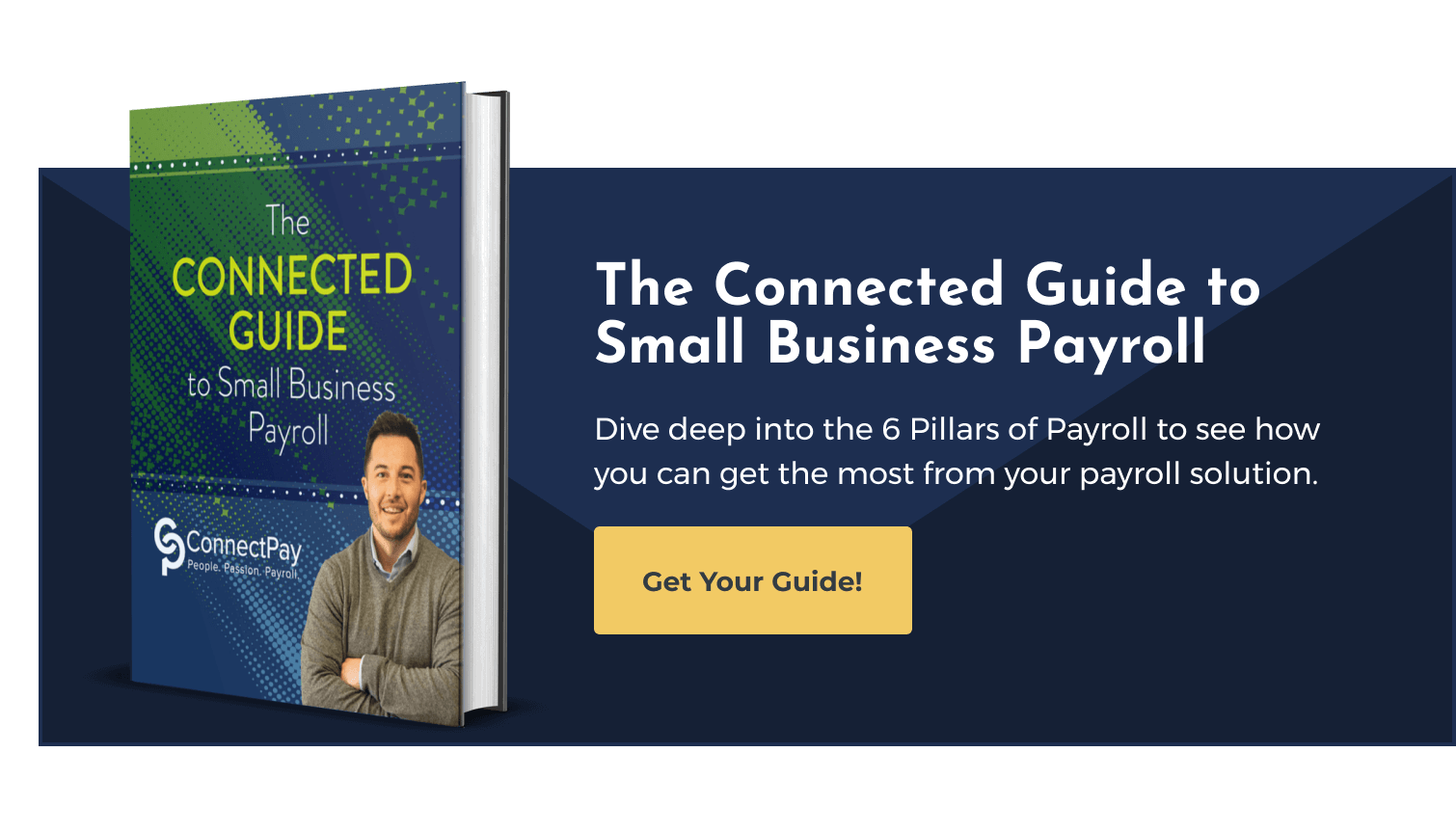The Essential Year-End Payroll Checklist: Your 5 Step Action Plan

Many people have different associations with the ending of a year. Some think of the holiday season; others prepare for New Year’s Eve celebrations. Payroll managers and small business owners are preparing their year-end payroll checklists.
You want to close out your finances for the year without hiccups or challenges. In fact, the last thing you want is a payroll emergency cropping up when you’re in the middle of a holiday dinner with your family. You need a year-end payroll checklist to help you manage your payroll and tax processes and close out the year without breaking a sweat.
This post will provide you with the seven steps every small business owner should include in their year-end payroll checklist.
Building Your Year-End Payroll Checklist
Properly managing year-end payroll is crucial to the survival of your business. If you want to avoid tax penalties, unbalanced books, and legal difficulties, don’t go into the new year with any loose ends. Employee payments and records must be accurate, and federal, state, and local tax forms must be filled in and filed.
Year-end might sound like you have until the end of the year, but you should be starting this process in the final financial quarter of the year, and some of what you need to do will extend into the first quarter of the following year.
There are specific deadlines you can’t miss. If you do, you could incur fines and penalties. But none of this has to be scary. As long as you follow the five steps below, you can enjoy the holiday season without breaking out in a cold sweat.
Year-End Payroll Checklist
- Verify employee data
- Examine wage and benefits information
- Run final payroll
- Review discrepancies
- Manage tax forms
Step 1: Verify Employee Data
Step one of your year-end payroll checklist is as simple as ensuring your data is up to date. You should know who you’re paying, and if you terminate any employee throughout the year, make sure you remove them from your payroll database.
Verify your company name, tax information, and tax IDs are up to date. For employees, verify the following information:
- The correct name, including spelling.
- The correct Social Security Number
- An updated address, including previous addresses
- Any other contact information
Your employees may move or change their phone number without letting you know. If you find errors, fix them before sending out W-2 forms. Mistakes on the W-2 form could lead to penalties. The same goes for contractors and 1099 forms.
Related: Employment Records Retention: What Are the Federal Laws?
Step 2. Examine Wage, Tax, and Benefits
With your company and employee information up to date, the next step is to ensure that wage, benefits, and tax numbers match payroll numbers. Use reports like the Labor Allocation report, Employee Payroll Totals report and Employee Payroll History report to generate the following data for all of your employees:
- Annual PTO accrual
- Year-to-date wages and taxes
- Filing status (exempt or non-exempt)
- Worker status (active, terminated, on-leave, deceased)
- Pre-tax amounts
With this information, you can advise employees. What is your paid time off policy? Can employees carry over unused vacation days? What about sick days and personal leave? Communicate with employees so they can schedule and coordinate leave.
The same goes for medical costs and dependent care. Employees might need to submit claims within a set time. Advise employees about the terms of your plans, including grace and carry-over periods.
Much like their contact details, employees can change their tax information at any time. Conducting an internal payroll audit can help you avoid year-end surprises.
Pro Tip: Many payroll services and software programs have reporting features that automate this information for you.
Step 3: Run Final Payroll
For step three, it’s time to run the last payroll of the year. Naturally, this falls around the holiday period, but it’s essential to run the last payroll before December 31. If you process it after, you’ll incur penalties or interest charges.
If you pay year-end bonuses, ensure they’re processed and scheduled before December 31. Bonuses added to your regular payroll are taxed at the standard rate. If you pay bonuses on a separate check, they’re taxed at a flat rate of 22%.
You can also include updated payroll information here. Before your first run of the new year, check for updated tax rates in your area, update employee information, and consider yearly deductions. Will you change your payroll schedule? Be sure to keep your employees in the loop regarding any changes.
Step 4: Review Discrepancies
Payroll discrepancies are common, but the consequences can stack up. A wrong number here, a missed regulation there, and pretty soon, you’re in hot water. The year-end check is your chance to catch any discrepancies and identify how you can avoid them in the future.
What to check for:
- Ensure employees are correctly entered into your HR system
- Are employees classified correctly?
- Accurately track employee vacation and sick days
- Errors in payroll deductions
- Correctly track overtime
- Compliance with payroll rules and regulations
These vital checks could save money and time, but they’re easily missed. Payroll software often takes the stress of mistakes and discrepancies away with automated processes for deductions, withholdings, and more.
Step 5: Manage Forms and Report Taxes
Not only do you need to file forms, but you also need to deliver W-2 (or 1099) forms to your employees. You must legally deliver pay and tax information to employees by January 31.
What other forms do you need to file? There are many, depending on your business. Commonly:
- W-2/1099 - File W-2s for employees and 1099s for contractors with the Social Security Administration by January 31. You’ll also send a W-3 form that summarizes a w-2 form.
- Tax forms 940. 941, and 944 - Federal Unemployment Tax (FUTA) is paid with Form 940. Federal income taxes and FICA is paid with Form 941. Your annual return of paid payroll taxes is filed through Form 944.
- There are more! The best payroll service providers offer tax and year-end payroll support, so you can always speak to an expert and ensure you don’t miss any forms.
Correctly filling out and submitting tax forms is crucial for the IRS to understand your financial activities and calculate your tax liability. Interest accrues on top of penalties, and the last thing your small business needs is avoidable fines.
Beyond the Year-End Payroll Checklist: Managing Payroll with Ease
Following this five-step process, you’ll have the tools you need to close out your finances for the year without missing a beat. However, your year-end payroll checklist is only the beginning of your essential payroll management know-how.
To manage your payroll effectively, you’ll need a resource that can help you understand the basics of everything from Workers’ Comp to payment schedules and more.
Our free resource, the Connected Guide to Small Business Payroll, offers you an in-depth look at the core pillars of payroll to help you ensure you are taking the necessary steps to stay compliant and keep your employees’ paychecks coming.







